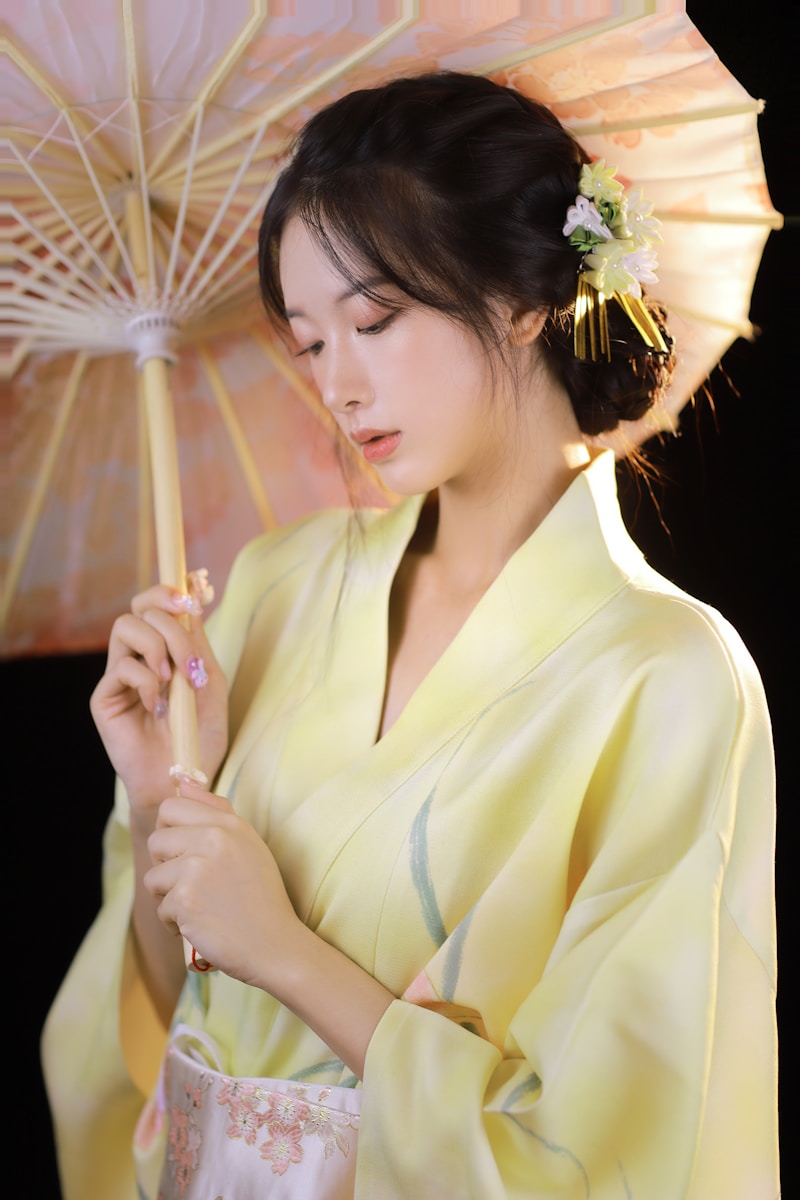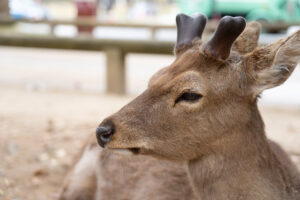In a world where fashion trends come and go with the wind, the kimono stands as a testament to the enduring allure of traditional craftsmanship and cultural identity. This article delves into the rich tapestry of kimono history, unraveling the threads of its past to reveal how this iconic garment has transcended time to remain relevant in the modern world. From its origins to its global influence, we embark on a journey through the key terms and milestones that have shaped the kimono into more than just an item of clothing, but a symbol of Japan’s cultural heritage.
1. Introduction: The Journey into Kimono History
The kimono, with its elegant silhouette and intricate designs, has captivated hearts and imaginations around the world. But to truly appreciate its beauty, one must embark on a journey back in time to uncover the origins and evolution of this traditional Japanese garment. This exploration into kimono history not only sheds light on its aesthetic and cultural significance but also reveals the meticulous craftsmanship and artistry that define its legacy.
2. Defining Kimono: More Than Just Clothing
At its core, the kimono is a long robe with wide sleeves, traditionally worn with a sash called an obi. However, to define a kimono by its physical attributes alone does a disservice to its layered history and cultural significance. Throughout the centuries, the kimono has evolved from a utilitarian garment into a complex symbol of identity, social status, and fashion. Its designs, materials, and patterns are rich with meaning, each telling a unique story of the times and the individuals who wore them.
3. The Origins of Kimono: A Historical Overview
The history of the kimono dates back to the Heian period (794-1185), where its earliest form, the straight-cut method, allowed the garment to be suitable for all body types and social classes. This democratization of fashion laid the groundwork for the kimono’s evolution, as it began to incorporate various fabrics, colors, and styles, reflecting the changing tastes and influences of each successive era.
4. Kimono Through the Ages: Evolution and Styles
From the luxurious silk kimonos of the Heian aristocracy to the indigo-dyed cotton garments popular among the common folk during the Edo period (1603-1868), the kimono has undergone significant transformations. Each period in Japanese history introduced new styles and innovations, such as the Edo’s vibrant kosode, leading to the wide variety of kimono types we see today, including the formal furisode, the summer yukata, and the wedding shiromuku.
5. The Significance of Patterns and Colors
Kimono patterns and colors are not chosen at random; they are imbued with deep symbolism and often convey specific messages or blessings. For instance, cranes represent longevity, while cherry blossoms symbolize the fleeting nature of life. The choice of color also carries meaning, with white often associated with purity and red with happiness and good luck. These elements combine to make each kimono a wearable piece of art, rich in cultural significance.
6. Kimono Accessories: Obi, Haori, and Beyond
The kimono ensemble is incomplete without its accessories, each serving to enhance both the garment’s aesthetics and functionality. The obi, a wide sash tied around the waist, not only secures the kimono but also serves as a focal point of design. Other accessories, such as the haori (a jacket worn over the kimono), geta (wooden sandals), and various hair ornaments, add layers of complexity and elegance to the wearer’s appearance, further showcasing the artistry involved in kimono dressing.
7. The Art of Wearing Kimono: Rules and Etiquette
Wearing a kimono is an art form governed by a set of intricate rules and etiquette, from the proper way to fold and wear the garment to the selection of accessories based on the occasion. Mastery of these conventions is a sign of sophistication and respect for tradition, with kimono schools dedicated to teaching the intricacies of kimono dressing and wearing, ensuring this ancient art form is passed down through generations.
8. Kimono in the Modern World: A Cultural Revival
In recent years, there has been a resurgence of interest in kimono, both within Japan and globally. This cultural revival is driven by a desire to reconnect with traditional values and express individuality through fashion. Modern designers are reinterpreting the kimono, blending traditional techniques with contemporary styles, thus ensuring its relevance in today’s fashion landscape while still honoring its rich heritage.
9. Master Craftsmen: The Keepers of Tradition
The creation of a kimono is a labor of love that involves numerous skilled artisans, from weavers and dyers to painters and embroiderers. These master craftsmen dedicate their lives to preserving the traditional methods of kimono production, ensuring each garment is a masterpiece of textile art. Their commitment to excellence keeps the spirit of the kimono alive, maintaining its status as a symbol of Japanese culture and craftsmanship.
10. The Global Influence of Kimono Fashion
The kimono has left an indelible mark on the world of fashion, influencing designers and fashion enthusiasts alike. Its unique silhouette, rich textures, and intricate designs have inspired collections on international runways, leading to a growing appreciation for traditional garments and the stories they tell. This global fascination with kimono fashion not only celebrates cultural diversity but also fosters a deeper understanding of the artistry behind traditional clothing.
11. Preserving Kimono: Efforts and Challenges
The preservation of kimono and its traditional craftsmanship faces numerous challenges, from the decline in demand for traditional garments to the painstaking nature of kimono production. However, efforts by cultural institutions, artisans, and enthusiasts are underway to keep the kimono tradition alive, through educational programs, exhibitions, and initiatives aimed at inspiring a new generation of kimono wearers and makers.
12. Conclusion: The Timeless Appeal of Kimono
The kimono, with its deep historical roots and enduring beauty, continues to captivate and inspire. Its journey from a simple garment to a symbol of cultural identity and artistic expression reflects the resilience of traditional crafts in a rapidly changing world. As we look to the future, the kimono remains a testament to the power of tradition to inform and enrich modern life, its timeless appeal undiminished by the passage of time.
Exploring the kaleidoscopic history of the kimono reveals more than the evolution of a garment; it uncovers a story of cultural endurance, artistic dedication, and the universal quest for beauty. As the kimono continues to weave its way through the fabric of contemporary fashion, its history serves as a reminder of the richness of tradition and the enduring connections it fosters across cultures and generations. In the folds of its fabric lies the essence of a nation, a tangible link to the past, and a vibrant beacon for the future of fashion.








